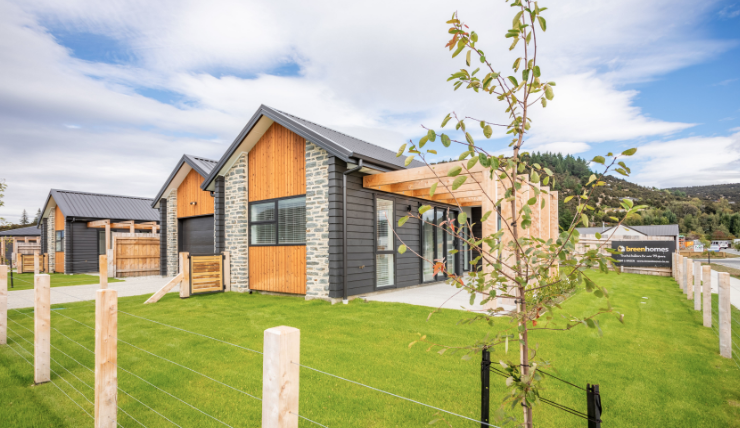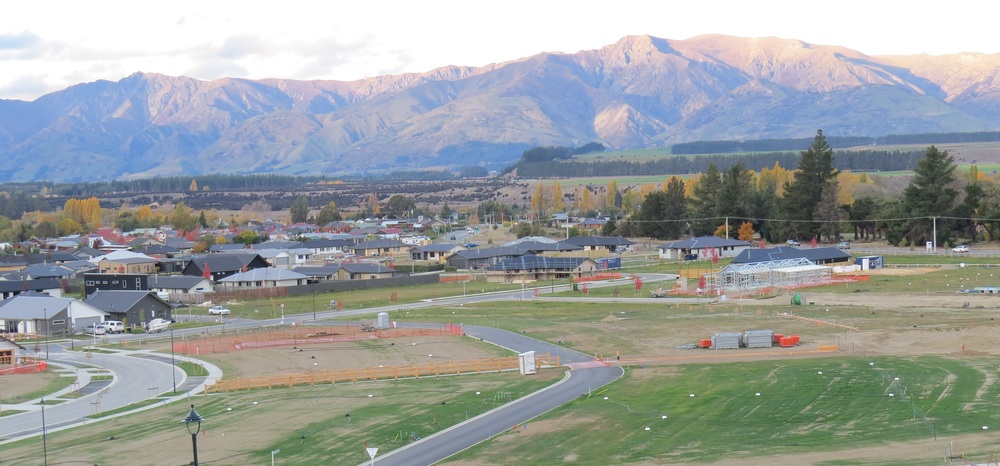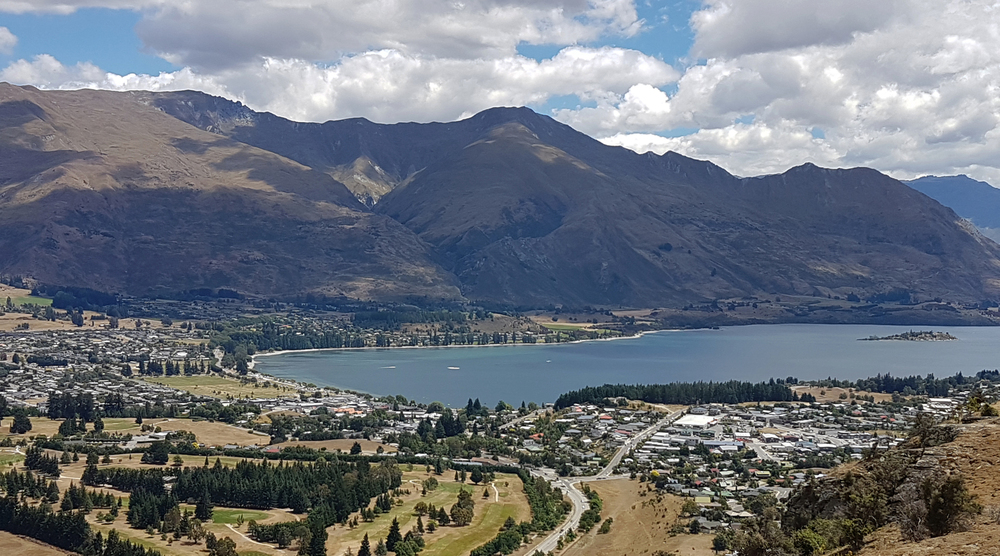Input sought on inclusionary zoning proposal
Maddy Harker
14 October 2022, 4:06 PM
 QLCHT chair Richard Thomas, pictured with executive officer Julie Scott, says adopting inclusionary zoning would go a long way towards securing enough land to reduce the number of nearly 800 households needing a home on QLCHT’s waiting list. PHOTO: Supplied
QLCHT chair Richard Thomas, pictured with executive officer Julie Scott, says adopting inclusionary zoning would go a long way towards securing enough land to reduce the number of nearly 800 households needing a home on QLCHT’s waiting list. PHOTO: SuppliedCommunity consultation is now open on proposed changes which would provide a local community housing provider with an ongoing funding stream to build and supply affordable houses.
Queenstown Lakes District Council (QLDC) planning and development general manager Tony Avery said housing was one of the biggest challenges faced by the community and he encouraged everyone to set aside some time to read through the proposal.
The proposal is for a variation to introduce inclusionary zoning rules into the Proposed District Plan (PDP), which would require most new residential subdivisions and developments to pay an affordable housing financial contribution.

One of six homes completed by QLCHT at the Hikuwai subdivision last year for members of the community. PHOTO: Supplied
The money would be collected by QLDC and provided to Queenstown Lakes Community Housing Trust (QLCHT), or another registered community housing provider, to help it continue providing affordable housing to residents under one of its five schemes.
See also: International accolade for QLCHT programme
“The proposed inclusionary housing plan change will support access to affordable housing for low-moderate income earners, helping to attract and retain skilled workers in the district,” Tony said. “It will also support people to stay within the Queenstown Lakes, rather than living further afield in cheaper locations and commuting long distances to work.”
Since 2003 the council had successfully used inclusionary housing as a way of securing affordable housing contributions from developers on a case-by-case basis, which in turn has helped QLCHT assist hundreds of the district’s residents into homes to call their own
The proposed rules would formalise that requirement and provide more certainty that the construction of affordable housing can continue, Tony said.
The proposed plan change first made its way to the council table in August where it was approved for consultation by all councillors except one.
See also: Inclusionary zoning: a closer look
While proponents like former deputy mayor Calum Macleod called it “nationally leading and cutting edge”, concerns have also been raised, including by the QLCHT chair Richard Thomas, that the proposal is ‘“too wide in scope and requires some refinement’.

Criticisms have been raised about aspects of the proposal and Tony Avery says changes may be made as a result of submissions. PHOTO: Wānaka App
The trust plans to submit against the inclusion of existing serviced lots (land already zoned residential and connected to services) and the ‘top-up’ provision (where a new house being built on a vacant lot in a subdivision which has already paid an affordable housing contribution might be required to pay an additional sum depending on how much was contributed at the subdivision stage).
QLCHT is supportive of the majority of the proposal: adoption of inclusionary housing would go a long way towards securing enough land to reduce the number of nearly 800 households needing a home on QLCHT’s waiting list, Richard said, as well as help it achieve its goal of assisting 1,000 households into secure healthy homes by 2038.
Tony said housing lay at the heart of creating secure, connected, and caring communities, creating jobs and a diverse economy.

Tony said affordable housing was at the heart of creating secure, connected, and caring communities. PHOTO: Wānaka App
Since the proposal is subject to formal consultation, changes may be made as a result of submissions, he said.
More information on the inclusionary housing plan change including how to make a submission, details on the proposed contribution, how it’s calculated and how they’ve been set can be found here.
Formal submissions close on November 24, and will be followed by a hearing at a date to be confirmed in 2023.




